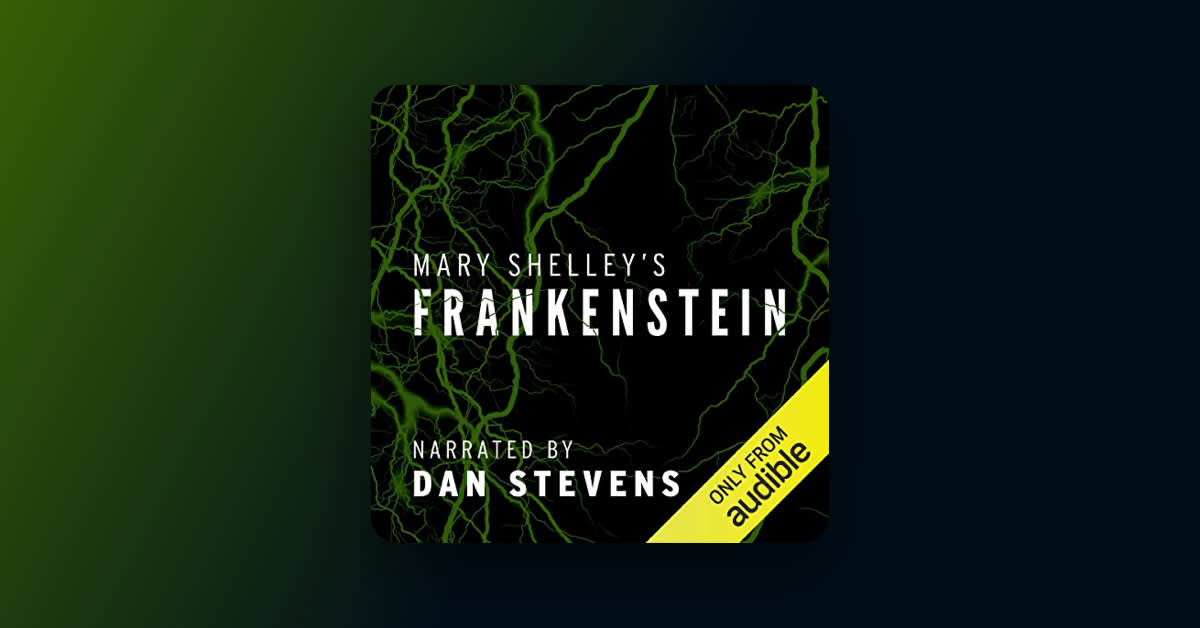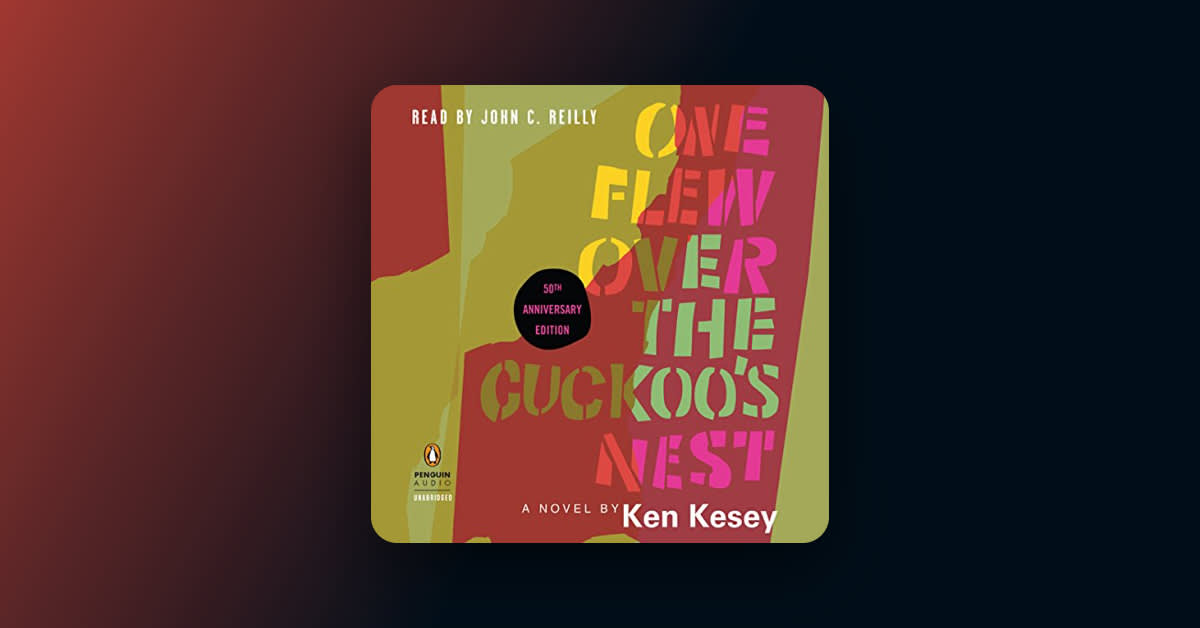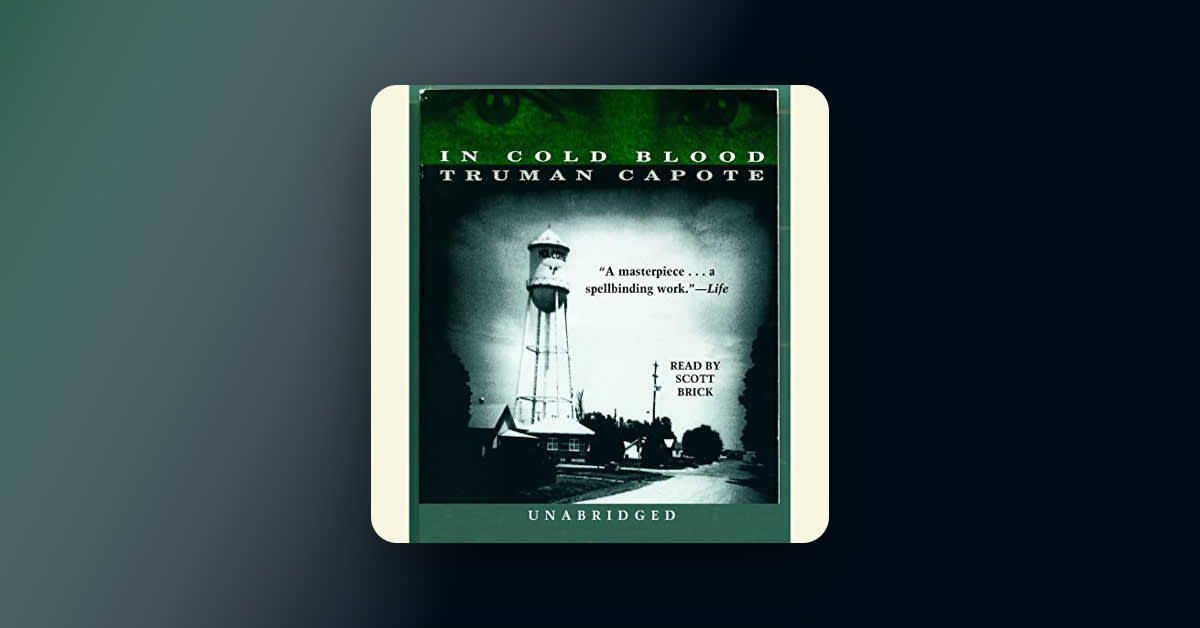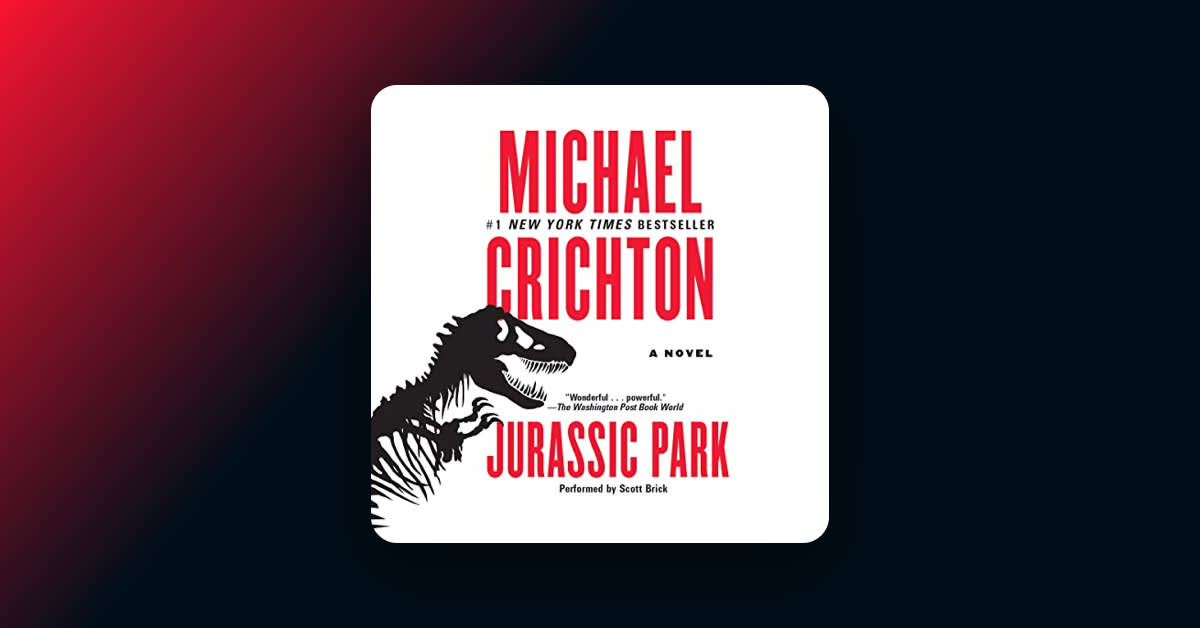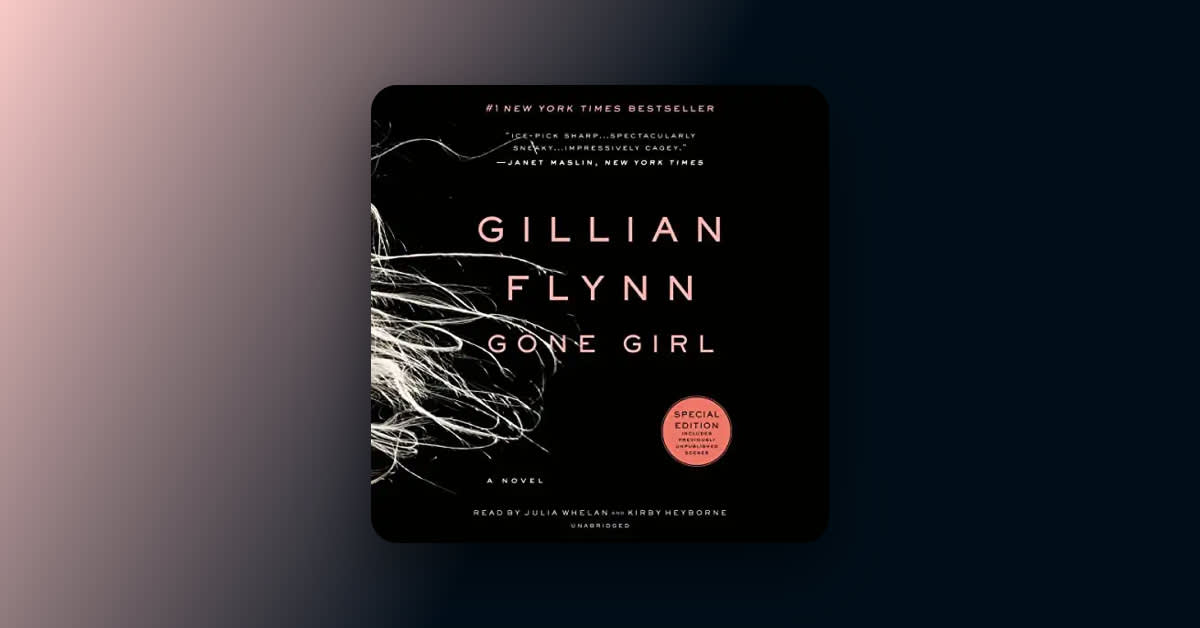Why it's essential
Boris Karloff’s performance as The Creature is synonymous with the dawn of sci-fi horror on film—a genre that may not have existed without ’s magnum opus.
Featured in .
What is Frankenstein about?
A monstrous tale of ambition, obsession, and revenge, Mary Shelley’s chronicles the downfall of a mad scientist who, in his foolish attempts to play God by defying the limits of life and death, unleashes satanic forces upon the world.
Editor's review
Specializing in curation, Haley is obsessed with marine life, music, and all things macabre, in addition to making lists of her favorite audiobooks.
I was muscling through a difficult breakup and grieving the loss of my grandmother, who had passed away in the summer before my senior year of college, so I felt more than a little overwhelmed by the idea of writing my English department thesis that fall semester. Towards the end of September, when I still had not managed to select a research topic for my paper, my brilliant advisor, who knew that I was both fascinated with Gothic literature and rapidly running out of time, handed me her copy of Frankenstein, and gently urged me to read it over the course of a couple days. Frankly, she did not have to ask me twice to devour the classic with urgency.
I have always been a fan of the macabre, so I figured a story about a mad scientist who robs graves for body parts in order to sew together a creature would be right up my alley. That being said, I was immediately blown away by how many thrilling and thought-provoking layers comprise Mary Shelley’s iconic novel.
Of all the fascinating questions that Frankenstein raises, its most infamous has to be: Who is the monster, and who is the man? (That’s in addition to the notorious confusion around who the title refers to; Frankenstein is named for the monster’s creator, Dr. Victor Frankenstein, while his creation is simply referred to in the text as "The Creature," a choice that makes sorting out protagonist from antagonist all the more challenging.) The story is as much about corruption as it is about creation, and listening to Victor and his creature narrate their two perspectives while simultaneously making each other’s lives a living hell proves just that. What makes this story so essential is just how difficult it will always be to sympathize with one character entirely over the other.A less frequently discussed fact about is that is an epistolary novel, making it perfect for audio! The story is bookended by letters that Robert Walton, a seafaring explorer in search of the North Pole, writes to his worried sister, in which he relays Victor Frankenstein’s shocking confession, which the scientist shares after being rescued aboard his ship. However, despite the riveting attention to detail within Walton’s letters, he ultimately leaves listeners with a question that I find just as fascinating as the last. Will he heed Frankenstein’s saga as a cautionary tale and reconsider following his own ambitions to the literal end of the Earth?Now, just as intensely as Victor Frankenstein captivates Robert Walton with his frightening narrative, my interest in unraveling Mary Shelley’s story swiftly snowballed into an obsession, turning her novel into my guiding star during a period of personal despair. Not only could I melodramatically relate to The Creature’s pleas for a companion (like I said, I was really not handling my breakup well at all), but I genuinely started to consider myself a mad scientist, as I spent multiple sleepless nights copying and pasting together passages of text in order to strengthen my thesis and bring my creation to life.I soon began to buckle, literally, under the pressures of perfectionism I had relentlessly imposed upon myself. No, I did not have Lyme Disease or any other of the grave afflictions I had begun to suspect. Instead, I had simply allowed my stress to spiral into an episode of psychosomatic turmoil, leaving me with a flare-up of sciatica so severe that I lumbered around campus for months with a gait that closely resembled the one Boris Karloff adopted in his famous film portrayals of the monster.Nonetheless, I felt I had no other option but to continue sacrificing my sanity for the sake of my endeavor. You see, the more I learned about the sources of maternal grief in Mary Shelley’s life, the more I came to consider my senior thesis as a means of mourning my grandmother’s death. Not only did Shelley’s mother, pioneering feminist , pass away from complications caused by her own birth, but Shelley herself suffered from the loss of an infant, a trauma scholars believe was integral to the conception of . Shelley reportedly once had a dream in which she resuscitated her child’s cold body by the warmth of her fireplace. In addition to drawing clear parallels to Frankenstein’s devotion to restoring life back to pieces of the dead, the vision likely inspired the novel’s alternative title: With that in mind, I found comfort, as well as a sense of connection to Shelley, in keeping a flickering candle next to my grandmother’s picture on my desk as I worked.To this day, I am still not sure how polished the final draft of my thesis wound up because, much like Victor himself, I found that the personal stakes I had poured into the assignment made it nearly impossible for me to confront my creation. But eventually, I had no other choice than to let my monster loose and submit my essay for grading. (Honestly, my paper was way overdue, and I was in desperate need of leaving for winter break.) For helping me to mourn my grandmother’s death, grapple with my own ambitions, find focus after a breakup, and remain trusting in literature to always teach me an unexpected lesson about myself, will always be my favorite novel. Told in a series of letters, confessions, and eye-opening revelations, it is truly a tale that is meant to be heard. I hope Dan Stevens’s sublime narration of this story captures your attention from the start and, like me, never lets you go.
